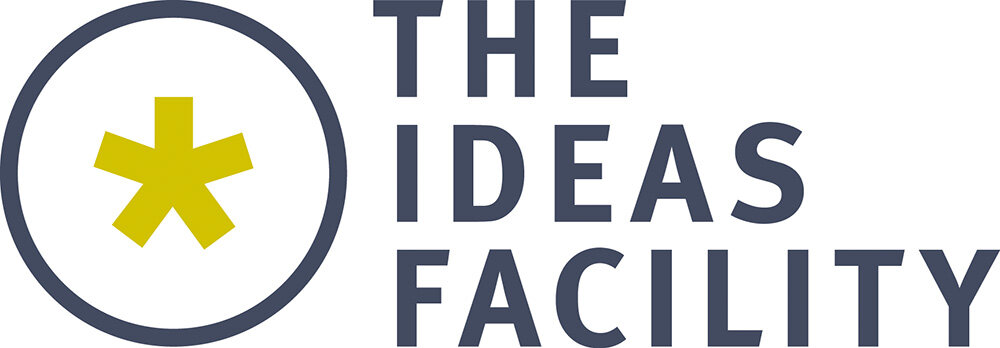Looking for positive possibilities
How often do we concentrate on negativity, rather than being curious about why positive attitudes bring success?
Many business change methodologies focus on ‘deficit’ approaches – ‘root cause of failure’, ‘barriers’, ‘strategic threats’, ‘resistance to change’. The list goes on. However, when we pay attention to the assets we have, our thoughts, language and behaviours change.
‘Appreciative Inquiry’, is the ‘study and exploration of what gives life to human systems when they function at their best.’
Using this as a process of positive business change, we can build on the positive potential inherent in our people, practices and processes by focusing on the organisation at its best – past, present and future. At its core there is a paradox: Appreciative Inquiry does not aim to change anything, merely to uncover and bring existing strengths, hopes and dreams to the fore.
However, for this to be effective, focus needs to be on positive potential – moving from ‘deficit’ based thinking to ‘asset’ based thinking, by celebrating what has bee, what is and what might be. This in itself, is a process of positive change
The clues for creativity and coaching are in the language: ‘Appreciative’ – encouraging recognition and affirmation. It looks to add and enhance value. ‘Inquiry’ – asking questions, studying and being explorative. It requires a willingness to learn – not just as individuals, but as organisations too and demands that we challenge what we think we already know.
Appreciative Inquiry turns command and control cultures into communities of discovery and cooperation. It has a ‘4-D’ process cycle: Discovery, Dream, Design and Destiny, illustrated in the diagram below:
Discovery, ‘Appreciating what is,’ is typically conducted through, interviews, focus groups, workshops or coaching – any appropriate way that enables purposeful affirmation of ‘what is’. Results can be seen in values elicitation, sharing best practices through to organisational storytelling and engagement.
Dream, ‘Imagining what might be,’ allows for exploring hopes and aspirations. Working with larger groups, this is a time to explore future possibilities that amplify the ‘positive core.’ Results can be seen in vision shaping, strategy development, innovation strategies and an elevated sense of purpose.
Design, ‘Determine what should be,’ allows for more convergent thinking towards affirmative, provocative proposition statements that describe what the organisation should be. Participants (in either small or large groups) draw on discoveries and dreams to select areas for high impact.
Destiny, ‘Creating what will be,’ creates a series of inspiring and compelling actions. This stage focuses on both individual and organisation commitments and routes forward.
Moving through the 4-D cycle, Appreciative Inquiry becomes the framework for leadership and ongoing organisation development, inspired by positive possibilities.
For more depth into the topic, go to ‘The Power of Appreciative Inquiry’, by Whitney and Trosten-Bloom.
Interested in developing a Design Thinking led approach?
Let’s start that conversation.
Contact: glenn@theideasfacility.com
Visit our website to see what our clients say about how us.

